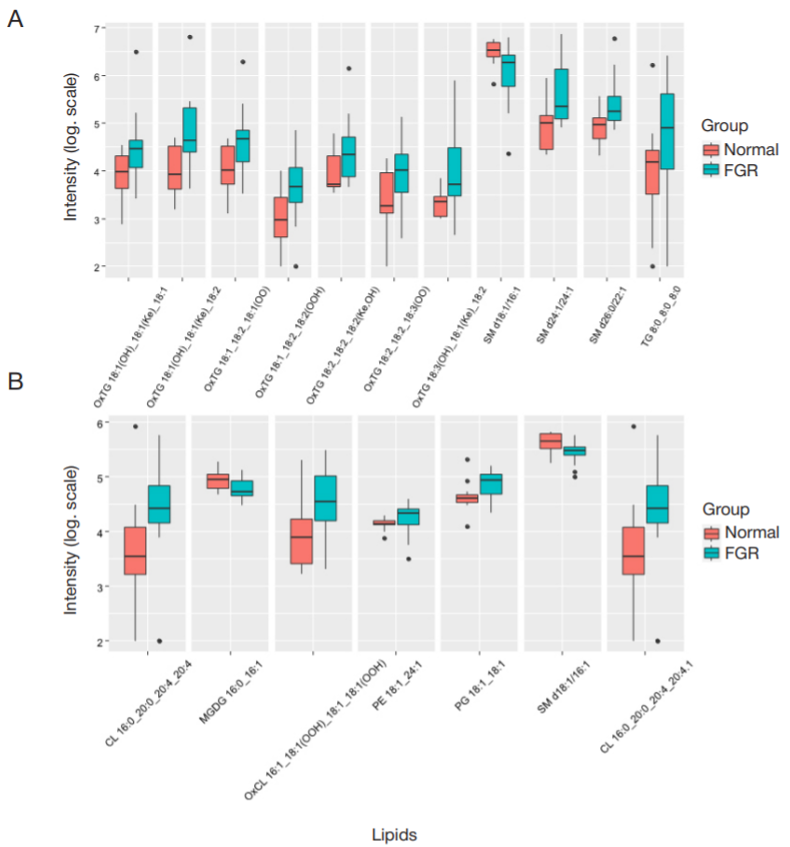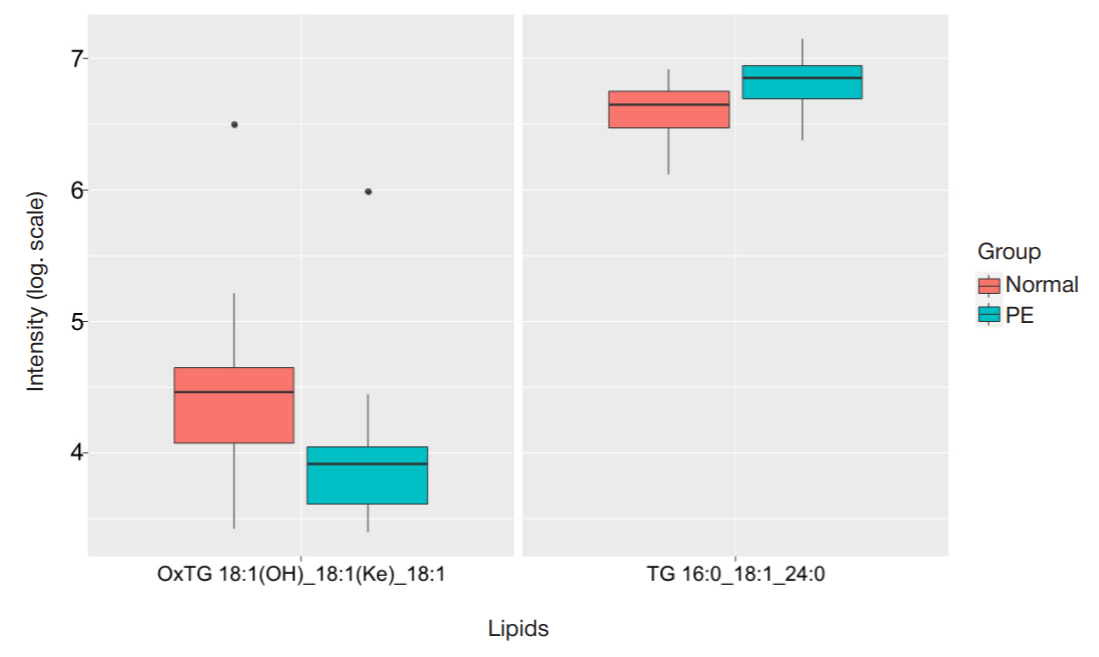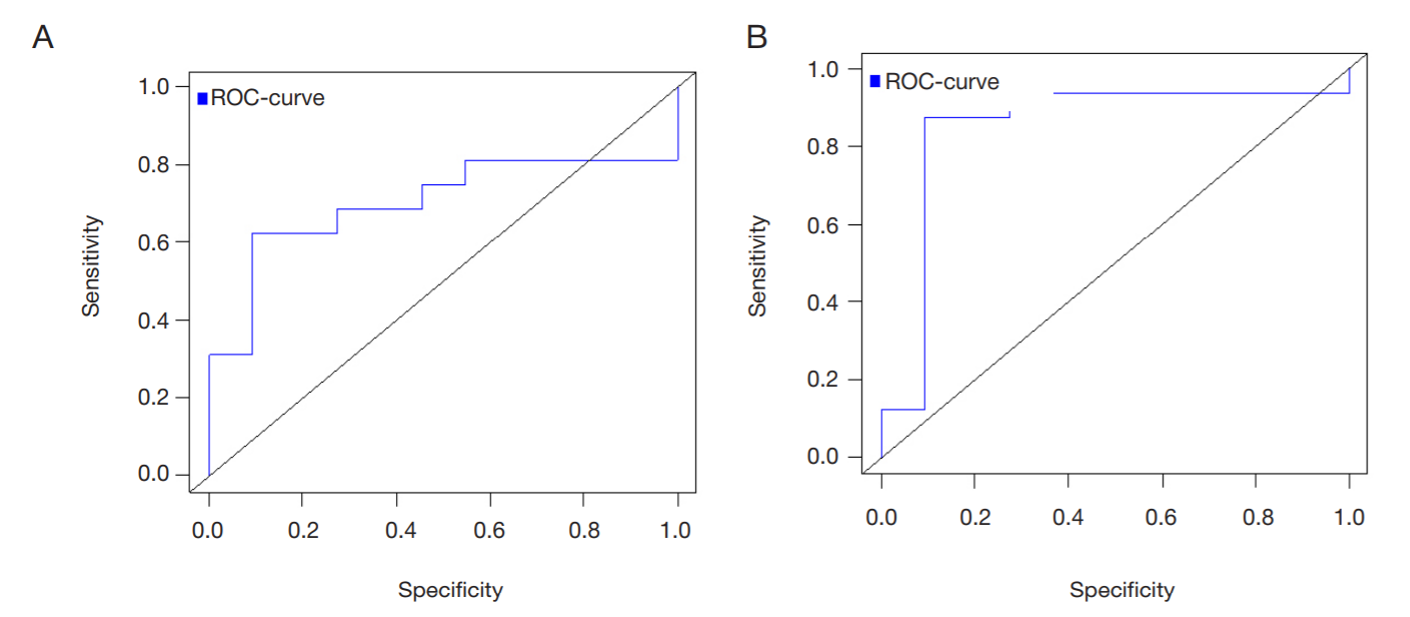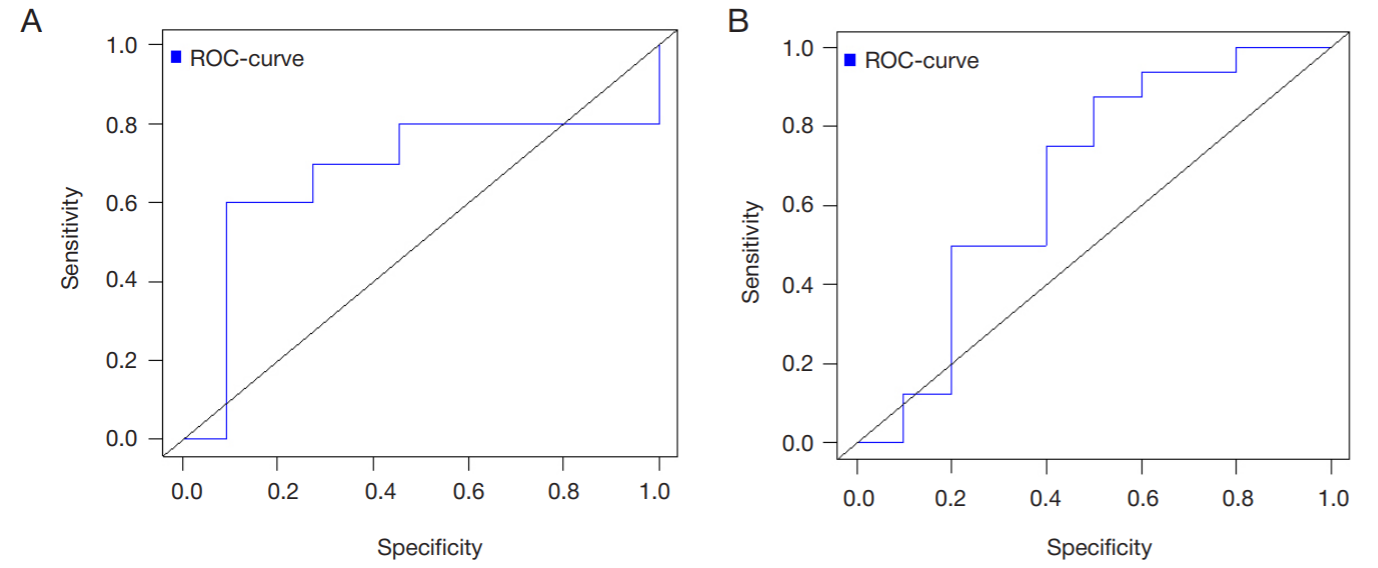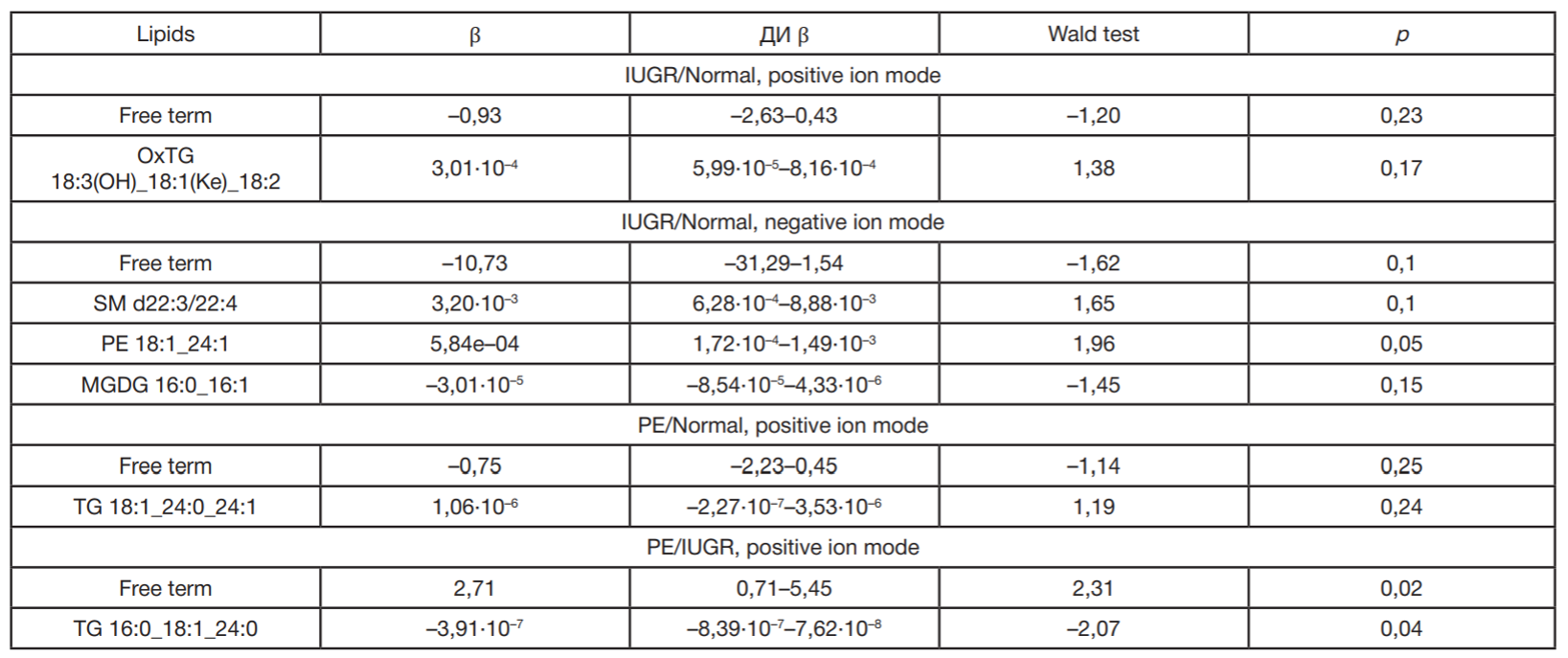
This article is an open access article distributed under the terms and conditions of the Creative Commons Attribution license (CC BY).
ORIGINAL RESEARCH
Significance of analysis of lipid extracts in cervical canal secretion for diagnosing of placenta-associated complications of pregnancy
Kulakov National Medical Research Center for Obstetrics, Gynecology and Perinatology, Moscow, Russia
Correspondence should be addressed: Natalia A. Lomova
Akademika Oparina, 4, Moscow, 117997, Russia; ur.xednay@avomol-ahsatan
Funding: the study was supported through the state assignment of the Ministry of Health of the Russian Federation [State registration number AAAA-A18-118053190026-6].
Acknowledgements: the authors are grateful to Dr. V. E. Frankevich, Head of the Department of Systems Biology in Reproduction of the V. I. Kulakov National Medical Research Center for Obstetrics, Gynecology and Perinatology, for his help in organization of the study, systematic analysis and manuscript editing.
Author contribution: Lomova NA — analysis of clinical data, systematic analysis, manuscript authoring; Chagovets VV — metabolic analysis (mass spectrometry), statistical analysis of the data obtained, manuscript editing; Tokareva AO — metabolic analysis (mass spectrometry), mass spectrometry data processing; Dolgopolova EL — collection and preparation of biological fluids, statistical analysis of the results; Karapetyan TE — analysis of clinical data, statistical analysis of the results; Magomedova AP — collection and preparation of biological fluids; Shmakov RG — analysis of clinical data, systematic analysis, manuscript editing.
Compliance with ethical standards: the study was approved by the ethical committee of Kulakov National Medical Research Center for Obstetrics, Gynecology and Perinatology (Minutes #11 of November 11, 2021), conducted in accordance with the requirements of the Declaration of Helsinki, International Conference on Harmonization (ICH), Standards of Good Clinical Practice (GCP), Federal Law "On the Basics of Health Protection of Citizens in the Russian Federation"; all patients signed a voluntary informed consent to participate in the study.
